As global environmental crisis continue imperil sustainable life on our planet, this year saw developments on many fronts. The Sierra Club gives a succinct summary of the good, the bad and the ugly of 2021. (Photo: Takver, Creative Commons)

61 Seminary Ridge, Gettysburg, PA 17325 (717) 334-6286
editor@stewardshipoflife.org

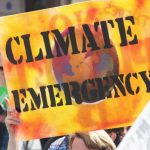

As global environmental crisis continue imperil sustainable life on our planet, this year saw developments on many fronts. The Sierra Club gives a succinct summary of the good, the bad and the ugly of 2021. (Photo: Takver, Creative Commons)
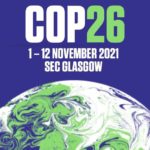

After two weeks of intense deliberations in Glasgow, Scotland, diplomats from nearly 200 countries reached a deal to work together to stave off the worst effects of climate change for current and future generations. The Washington Post gives a helpful summary.
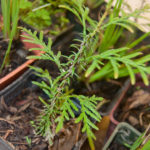

We all want a cleaner planet, but what can I do as an individual? Lutherans Restoring Creation suggests a personal covenant, and its online template and resources can give you direction. (Photo: Portland Seminary, Creative Commons)


Saving our planet means we have to reduce greenhouse gas emissions, and that means cutting our fossil fuel us. Your church can lead the way. EnergyStar, a program of the federal Department of Energy can show your congregation how.


To the casual observer, the idea of the earth’s temperature rising another half degree Celcius sounds trivial, yet the consequences are cataclysmic for plants, animals, weather, and of course, humans. This New York Times article explains. (Photo: Roberto Rizzato, Creative Commons)
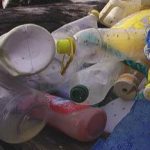

Plastic is arguably the most versatile and useful material ever created, but it’s also choking our world with billions of tons of refuse that may never degrade. But you can do your part to reduce your plastic use by switching to non-plastic alternatives to common items. From onegreenplanet.org. (Photo: Bo Eide, Creative Commons)
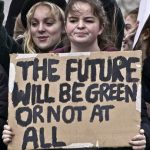

Climate change may hog the world’s attention, but people around the globe are facing new and challenging environmental problems every day. Some of them are small, but others are drastically changing the landscape of what we already know. Conserve-energy-future.com reports. (Photo: garryknight, Creative Commons)


Hurricane Ida slammed into Louisiana exactly 16 years to the day that another massive storm, Katrina, battered the state. Scientific American reports how climate change is making New Orleans and other coastal areas much more vulnerable to hurricanes and tropical storms.
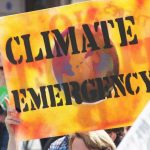

In their latest and most dire report to date, the United Nations’ Intergovernmental Panel on Climate Change says climate change is widespread, rapid, and intensifying, and some trends are now irreversible, at least during the present time frame. Read the UN’s report.
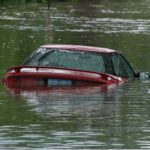

Europe has lead the world in efforts to reduce emissions that are linked to climate change, but this summer’s disastrous record floods have intensified calls for action. The Christian Science monitor reports. (Photo: US Geological Survey, public domain)
